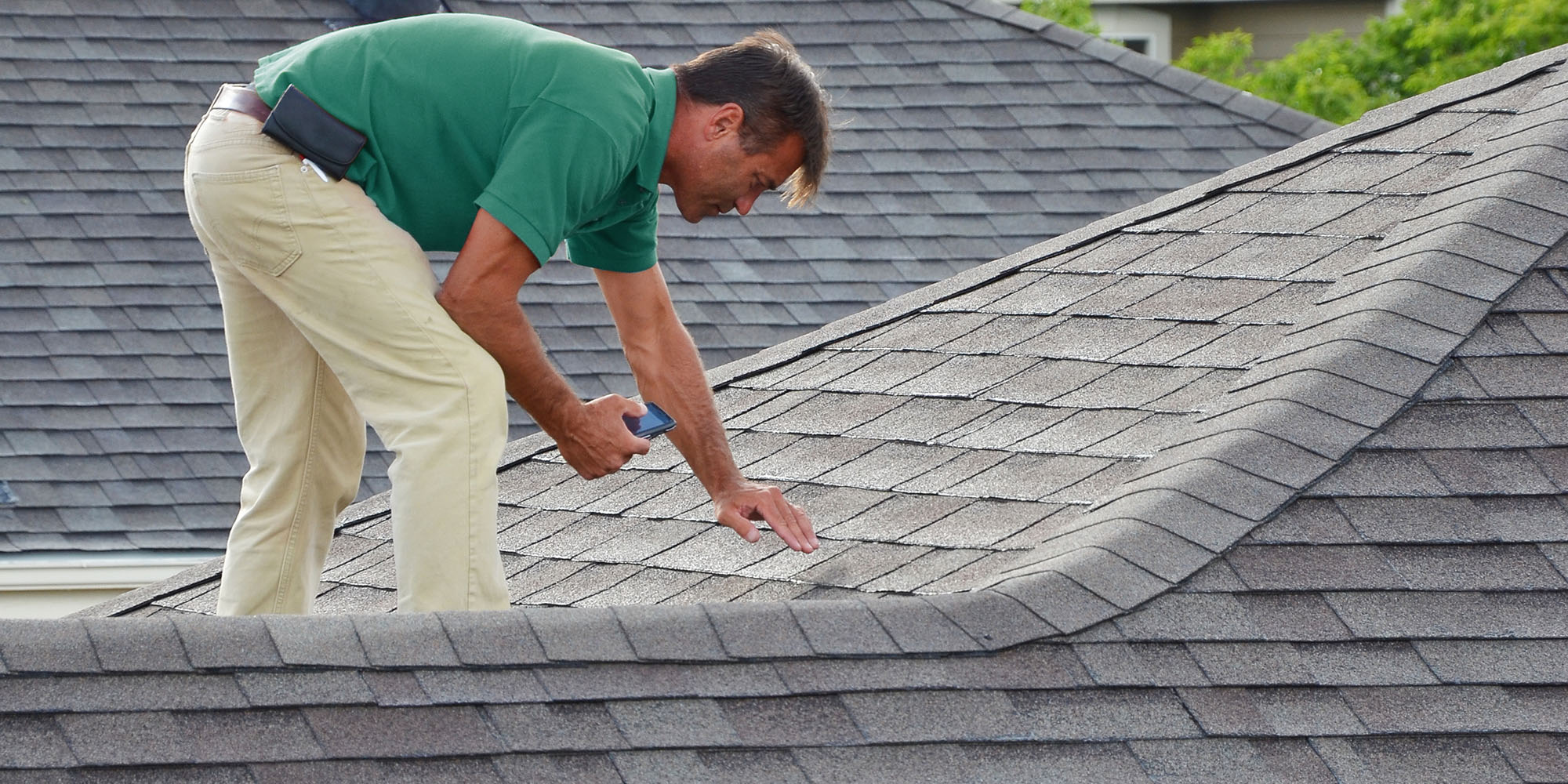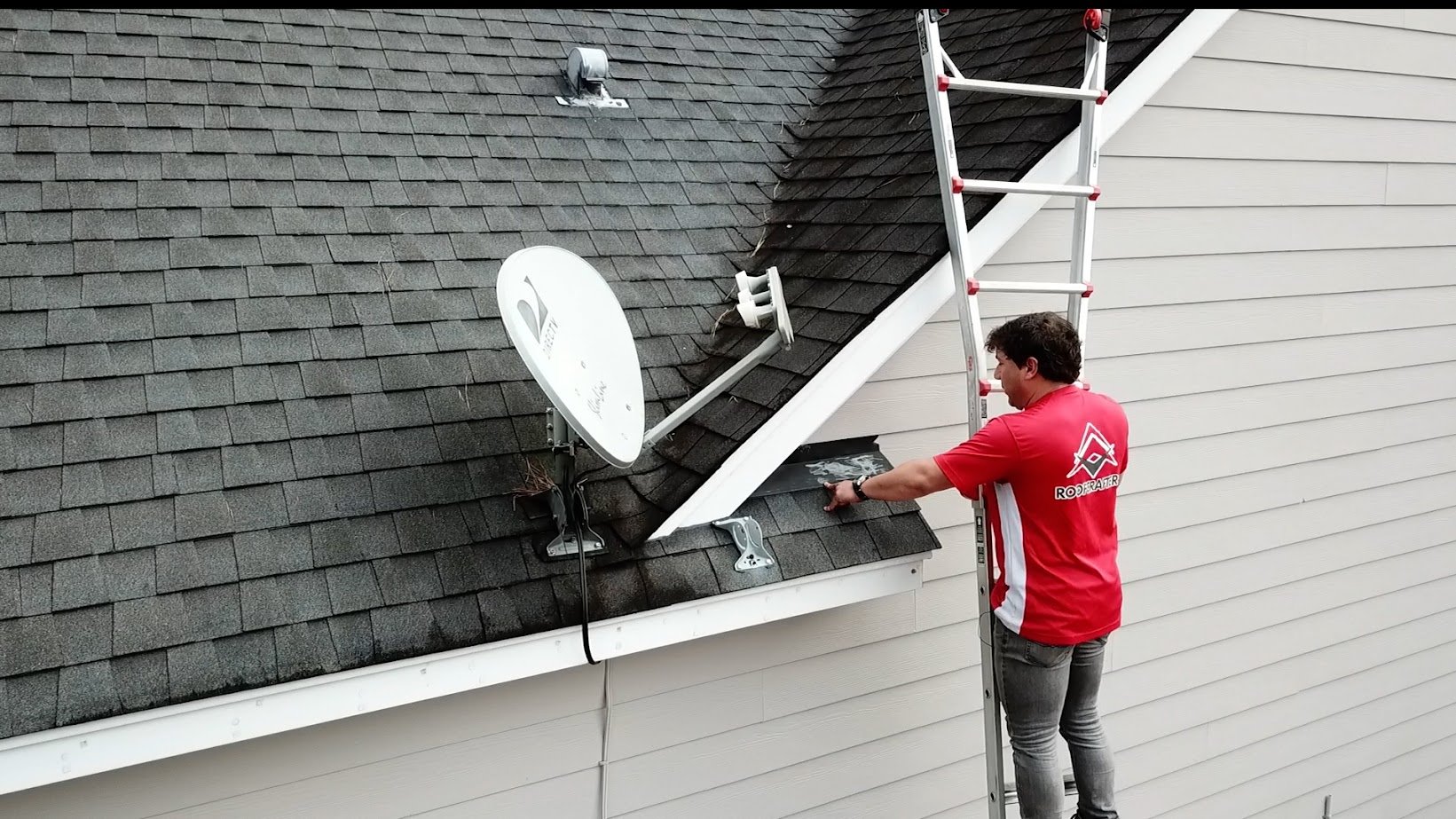The Vital Guide to Roof Evaluation: Protecting Your Home Versus Typical Damages
Routine roofing system assessments are a vital component of home maintenance that can avoid small issues from rising into substantial problems. As we check out the usual indicators of roof covering damages and reliable upkeep strategies, it becomes obvious that an aggressive approach is necessary for guarding your financial investment.
Importance of Routine Roofing Inspections
Regular roof evaluations are critical for keeping the stability of a building's structure. These inspections offer as an aggressive action to identify possible concerns prior to they escalate right into expensive repairs or substantial damage. By performing routine analyses, homeowner can guarantee that their roofs stay in optimal problem, thereby lengthening their lifespan.
Throughout these inspections, numerous factors are examined, including the condition of tiles, flashing, and drain systems. In addition, the presence of particles, moss, or algae can be discovered, permitting timely remediation. Resolving minor issues beforehand can avoid a lot more extensive problems, such as leaks or architectural damage, which may jeopardize the security of the structure.
Moreover, regular roofing system assessments add to power efficiency. A well-maintained roofing system lessens warmth loss throughout cooler months and lowers the pressure on home heating and cooling down systems. This, in turn, can lead to lower utility bills and a decreased carbon footprint.
Common Signs of Roofing System Damage
Identifying common signs of roof damage is essential for homeowners to maintain the safety and security and long life of their residential or commercial property. One of the most noticeable signs is the presence of missing, fractured, or crinkled roof shingles. These conditions can compromise the roof covering's honesty, causing leaks and further deterioration. In addition, granule loss, commonly visible in gutters or on the ground, signals that tiles are maturing and losing their safety abilities.
One more critical indication is water discolorations on ceilings or walls inside the home, which often suggest leakages originating from the roofing. Homeowners must also evaluate for mold or mold development, as these can flourish in wet problems brought on by roof covering leaks.
Flashing around smokeshafts and vents ought to be looked for corrosion or damage, as defective blinking can permit water to penetrate the roofing system framework. Ultimately, sagging areas on the roofing surface area might suggest structural problems, calling for prompt attention. By acknowledging these indications early, home owners can take aggressive measures to address roofing system damage, eventually securing their home from expensive repair services and making certain a sturdy roof.
Seasonal Roof Upkeep Tips
Recognizing the indicators of roof covering damages is simply the initial step in making sure the durability of your roof; continuous maintenance is equally important. Seasonal roof upkeep is crucial to not just expand the life of your roof covering yet likewise to stop expensive repair work down the line.
During springtime, evaluate your roofing for any type of indications of winter season damage, such as fractured roof shingles or displaced flashing. Clean seamless gutters and downspouts to ensure correct drain. In summertime, check for discover this info here moss or algae development, and consider using a protective sealer to stop wetness buildup.
As autumn approaches, eliminate leaves and particles from your roof and seamless gutters. This will aid reduce the threat of water pooling and possible leaks. It's likewise a good time to check out the roofing system for any kind of signs of wear, such as loosened shingles or rusted blinking.
DIY Roofing Assessment List
A comprehensive DIY roof inspection list is essential for home owners aiming to keep the stability of their roof. Begin by taking a look at the roofing surface for any noticeable indications of damage, such as missing, fractured, or crinkling shingles - Hail Damage Roof Inspection. Pay attention to locations around skylights, chimneys, and vents, as these prevail leakage points

Moving to the inside, evaluate the attic room for indicators of water breach, such as discolorations or mold and mildew development. Make sure correct air flow to protect against dampness build-up, which can bring about damage.
## When to Work With a Specialist
While lots of house owners can carry out fundamental roofing system inspections, particular conditions call for the know-how of an expert. If you discover considerable damage, such as huge missing shingles, noticeable sagging, or water stains additional reading on the ceiling, it is crucial to consult a certified roofer. These issues might indicate underlying architectural issues that call for instant attention.
In addition, if your roofing system is nearing completion of its expected life-span-- usually 20 to 25 years for asphalt shingles-- it is smart to have a professional analysis. Experienced inspectors can examine the roof's problem and provide educated referrals on repair or replacement.
Extreme weather events, such as hailstorms or heavy winds, also require specialist examination. If left unattended, even small damages can lead to substantial complications. If you're taking into consideration marketing a property or buying, a professional examination can reveal possible problems that may impact the transaction.
Conclusion
Routine roofing inspections are important for preserving the honesty of residential structures. Prioritizing roofing examinations ultimately contributes to a safe and secure and safe living environment.

During springtime, evaluate your roof for any type of indications of winter months damages, such as cracked shingles or displaced flashing. Begin by taking a look at the roof covering surface area for any visible signs of damage, such as missing, cracked, or curling shingles.
Comments on “What to Expect About a High-Quality Roof Inspection Austin”